The concept of ecosystem health is now widely used to communicate the status or condition of a natural environment and is embedded in environmental policies globally. The concept has underpinned ecological assessments for decades but has only recently been applied to groundwater ecosystems. The aim of this chapter was to provide a critical review of current methods for monitoring and assessing the health of groundwater ecosystems, and a discussion of future directions to progress the understanding of ecosystem health, and the provision of ecosystem services in groundwaters.
The assessment of ecosystem health is frequently based on the measurement of a suite of indicators at a site, which should reflect the organization and function of the ecosystem, and the presence of stressors as an early warning indicator. For groundwaters, this should include characterization of biotic (microbial, invertebrate and vertebrate) and abiotic parameters, and specifically include the provision of functions that provide ecosystem services. A number of indicators and approaches have been developed for assessing the health of groundwater ecosystems. These include methods in the fields of community ecology, functional ecology, and ecotoxicology and recently integrated molecular approaches. A holistic approach is needed for managing groundwater ecosystems, and the same should be applied to monitoring ecosystem health. Approaches should be based on sound science, engagement with stakeholders, and consider the interconnected nature of groundwater and surface waters, with the goal to preserve the unique subterranean biodiversity.
Reference: Hose G.C., Di Lorenzo T., Fillinger L., Galassi D.M.P., Griebler C., Hahn H.J., Handley K.M., Korbel K., Reboleira A.S.P.S., Siemensmeyer T., Spengler C., Weaver L. & Weigand A. (2023). Assessing groundwater ecosystem health, status and services. pp. 501-524. In: Malard F., Griebler C. & Rétaux S. (Eds.), Groundwater Ecology and Evolution. Academic Press. https://doi.org/10.1016/B978-0-12-819119-4.00022-6
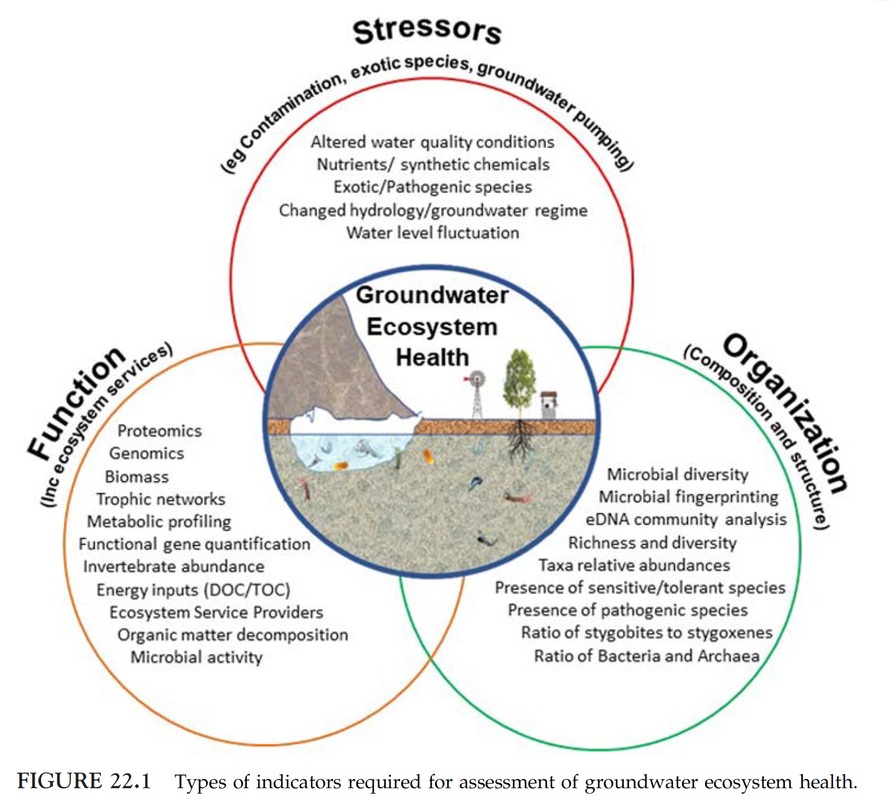
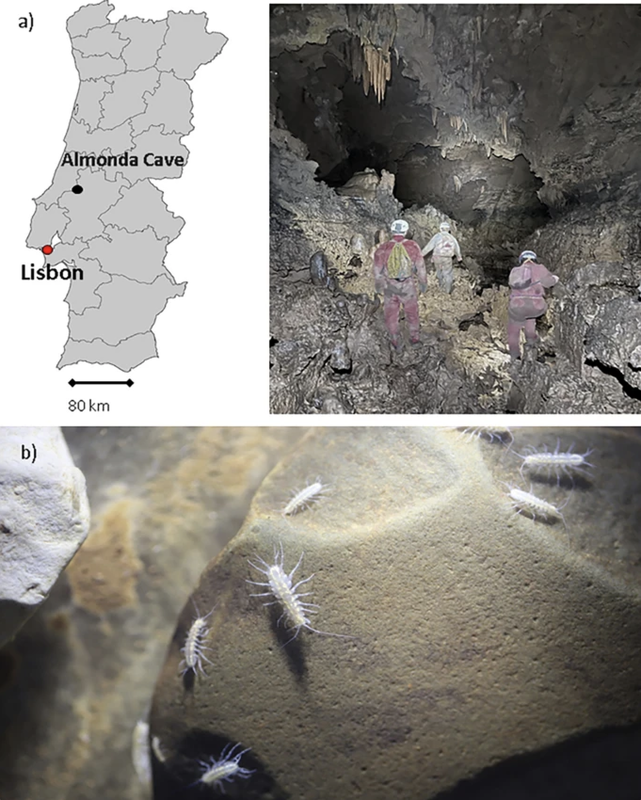
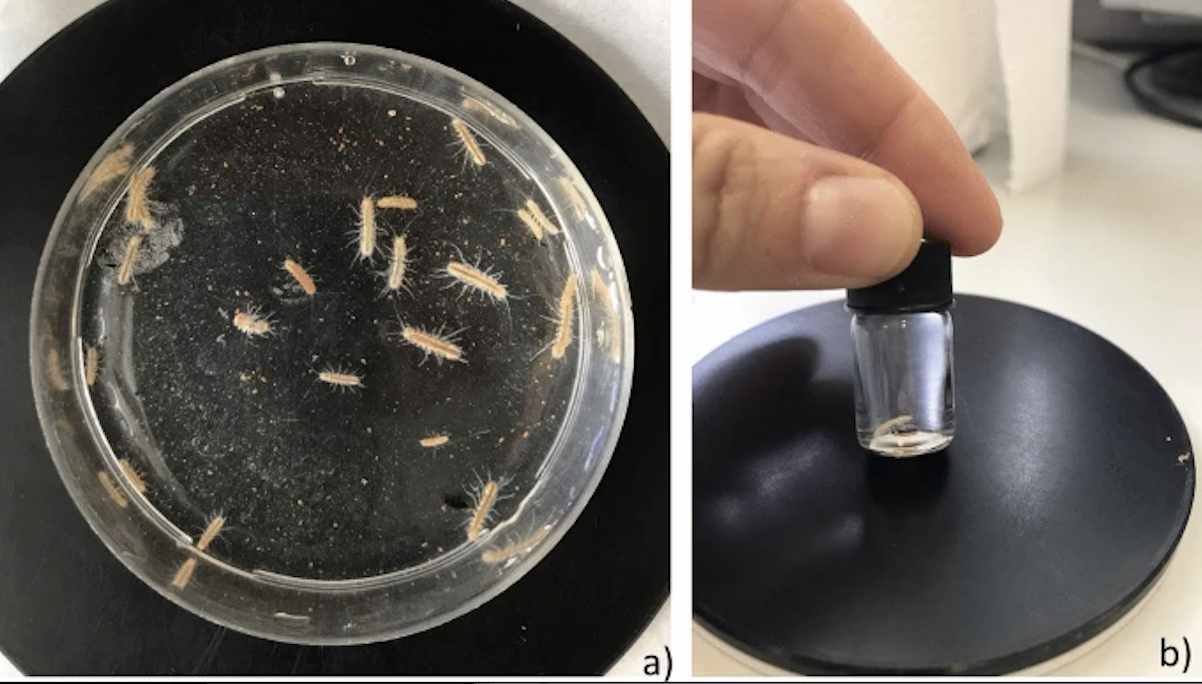
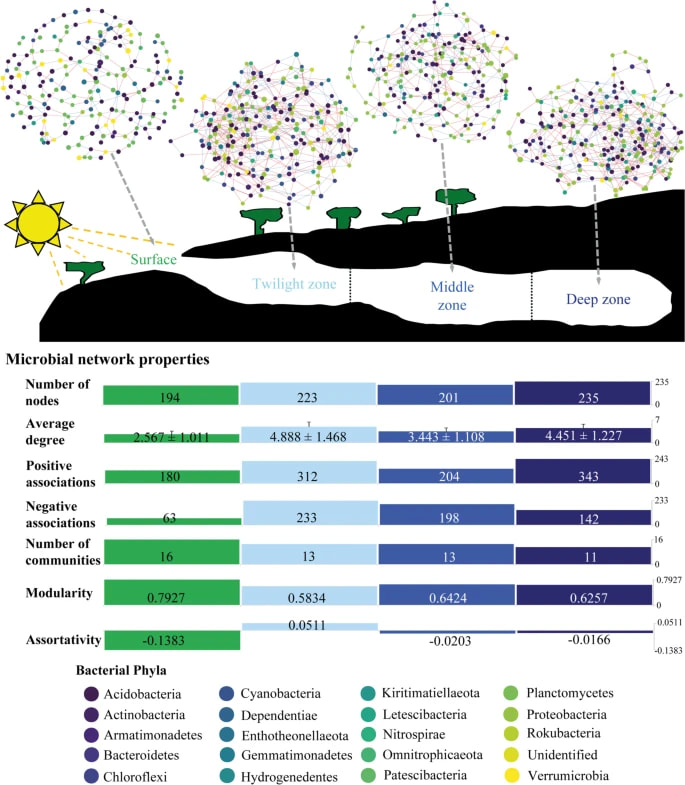
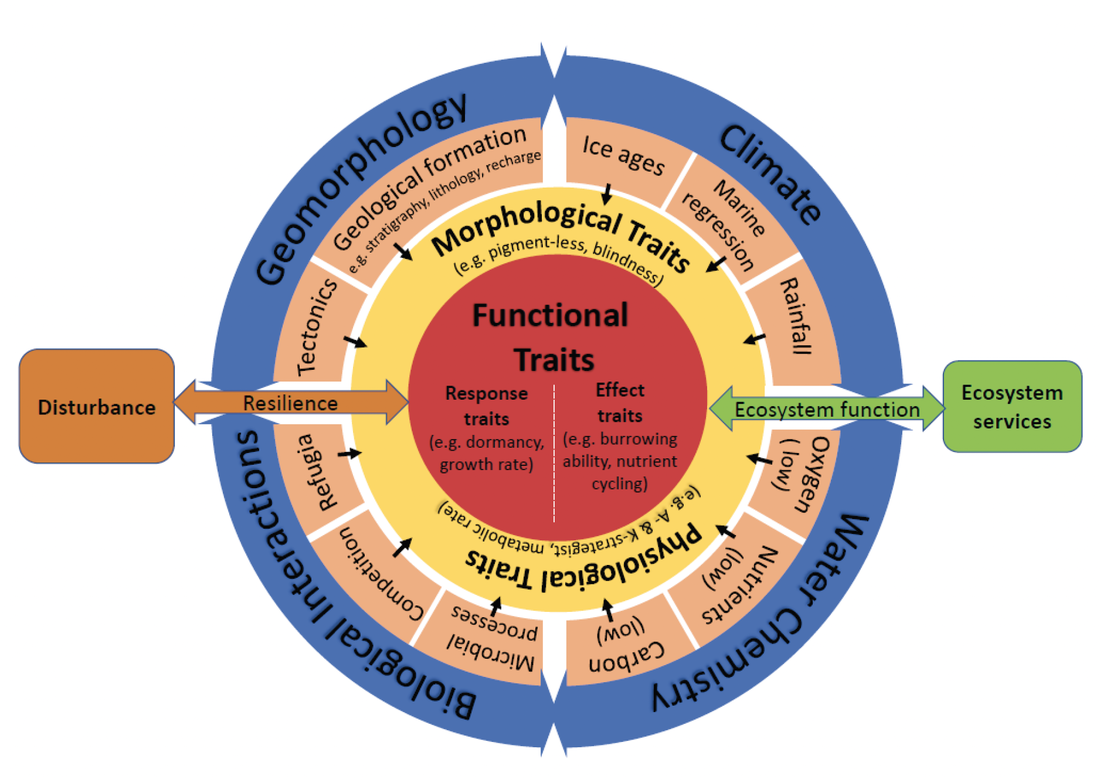
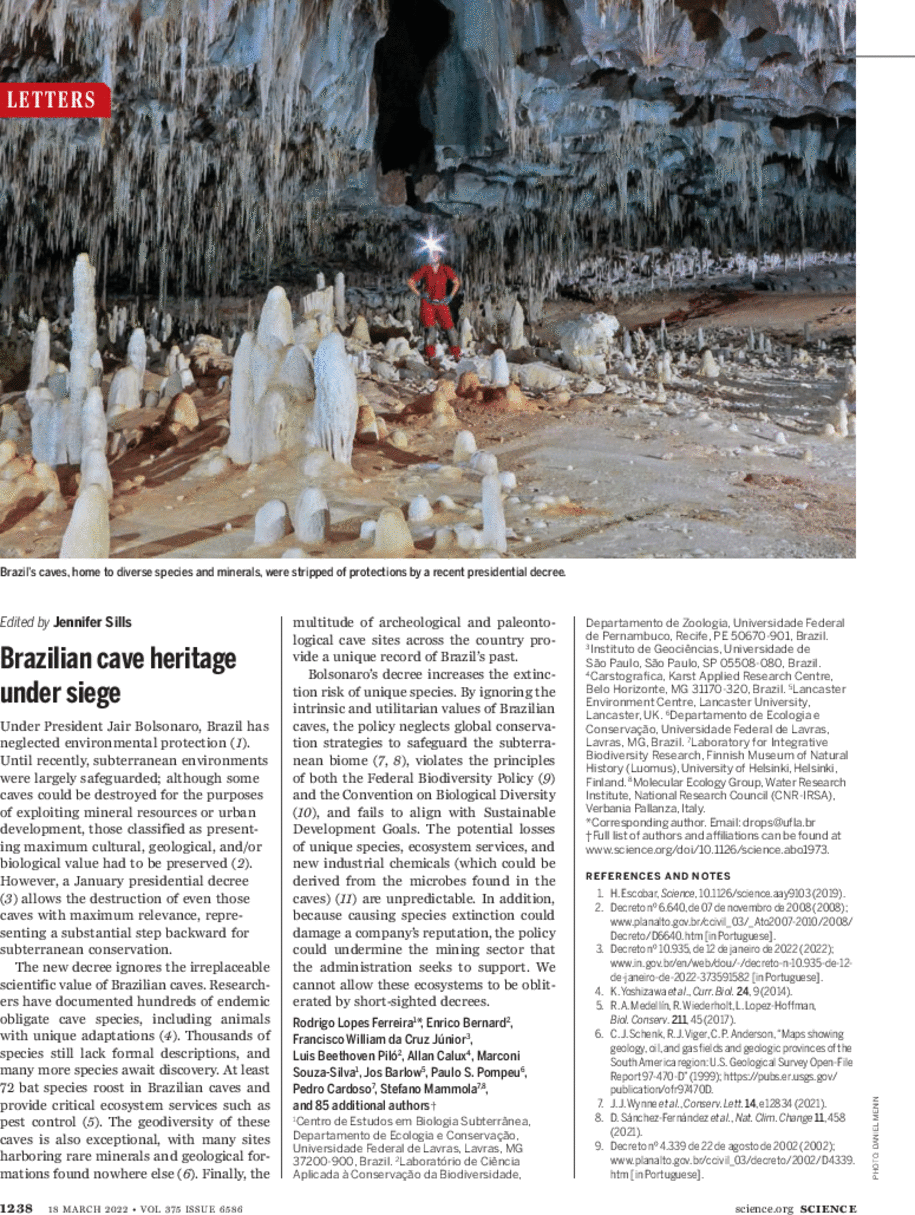
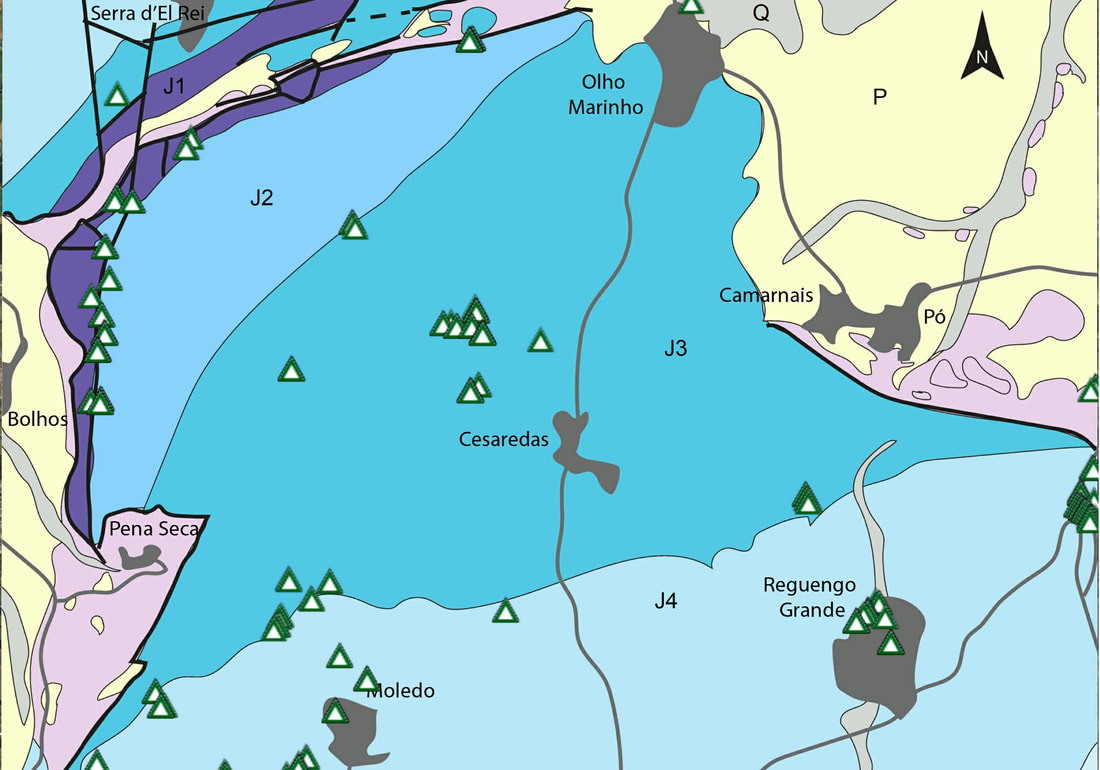
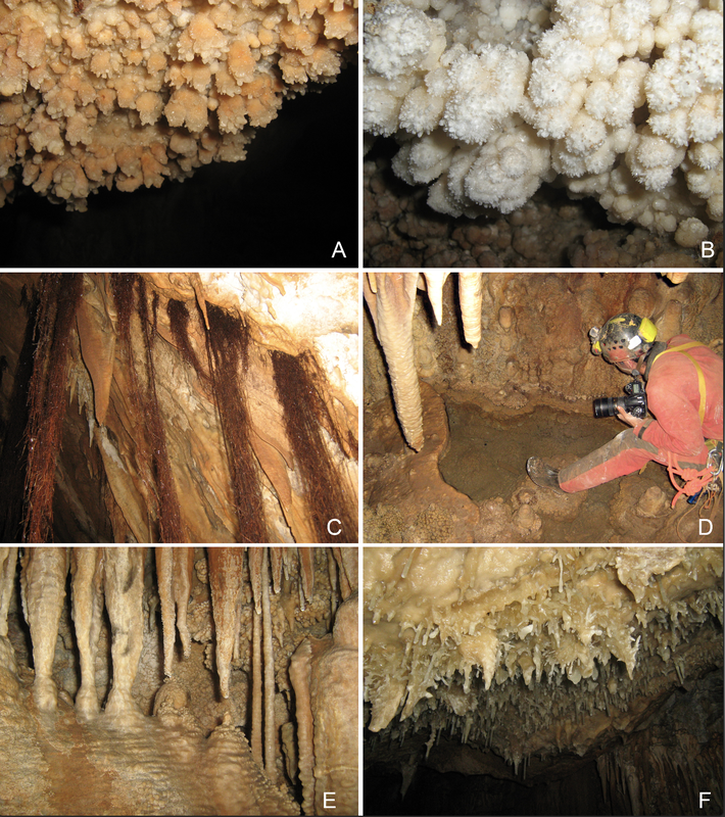
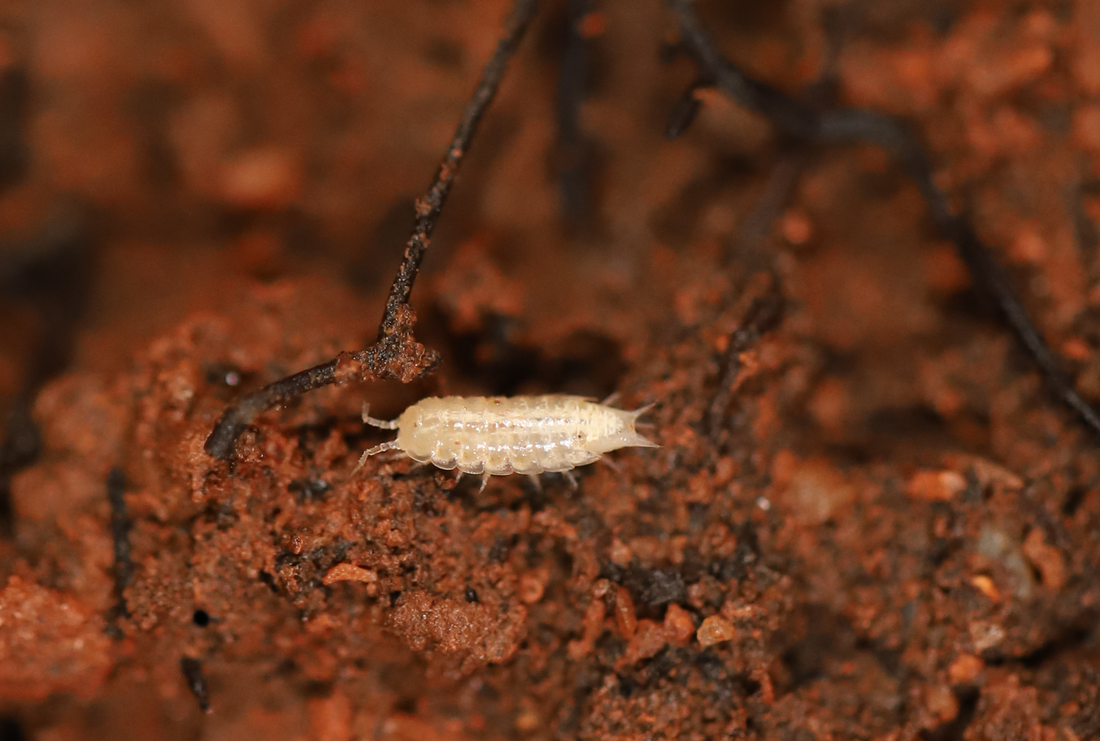
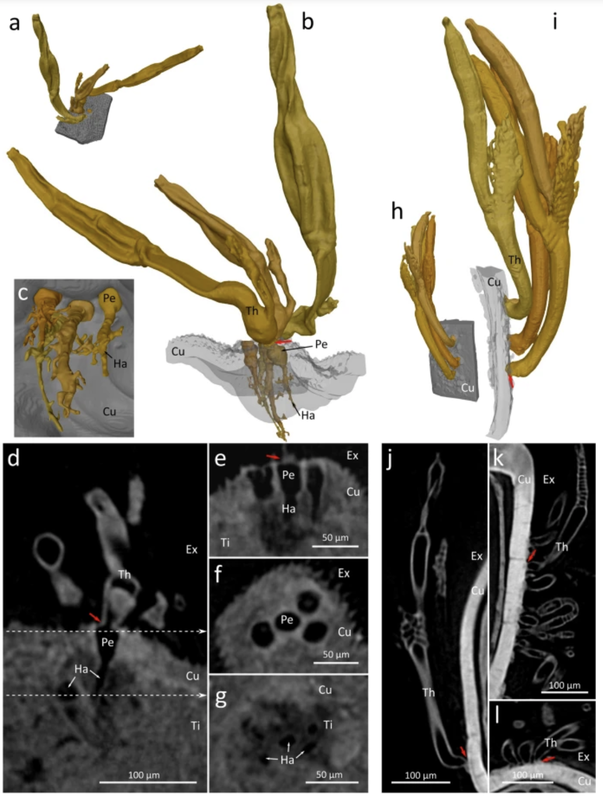
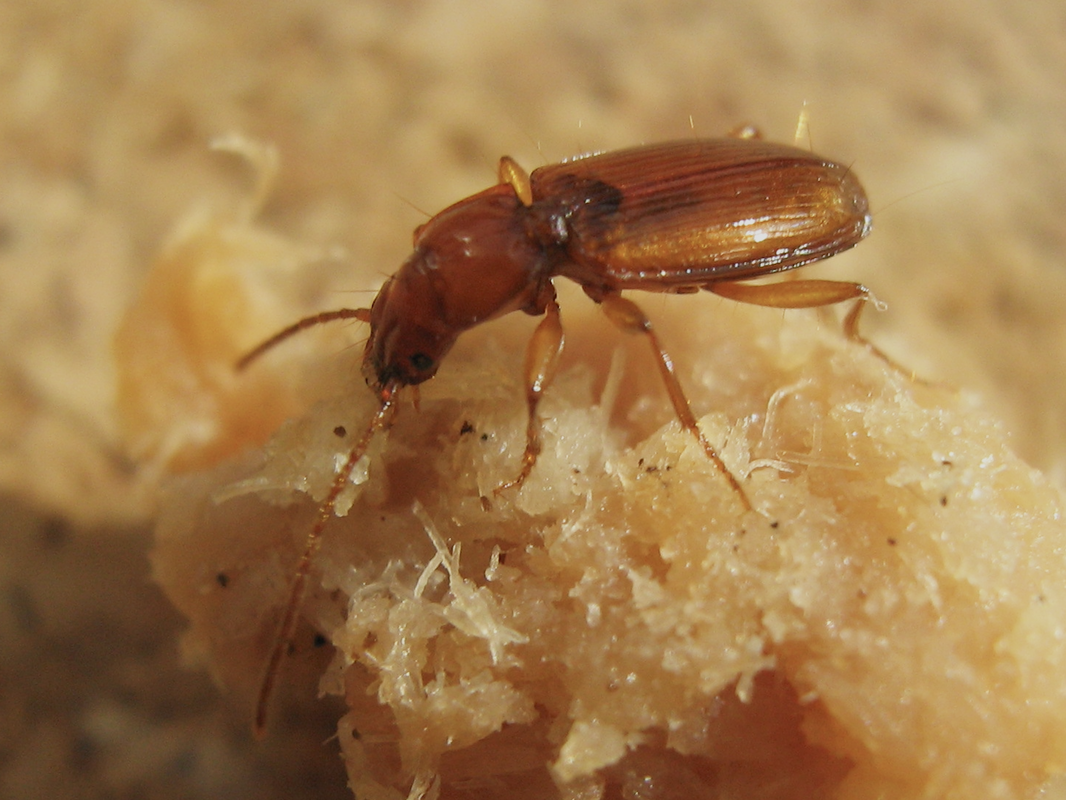
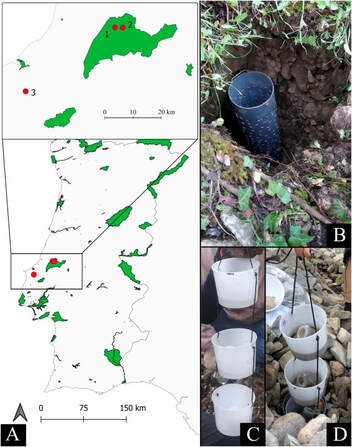
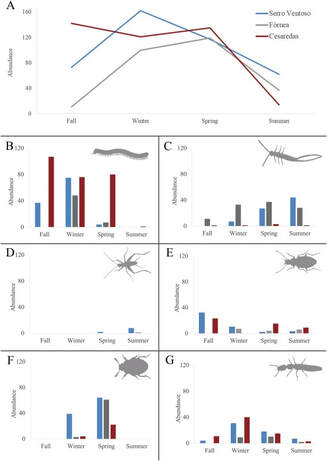
 RSS Feed
RSS Feed
